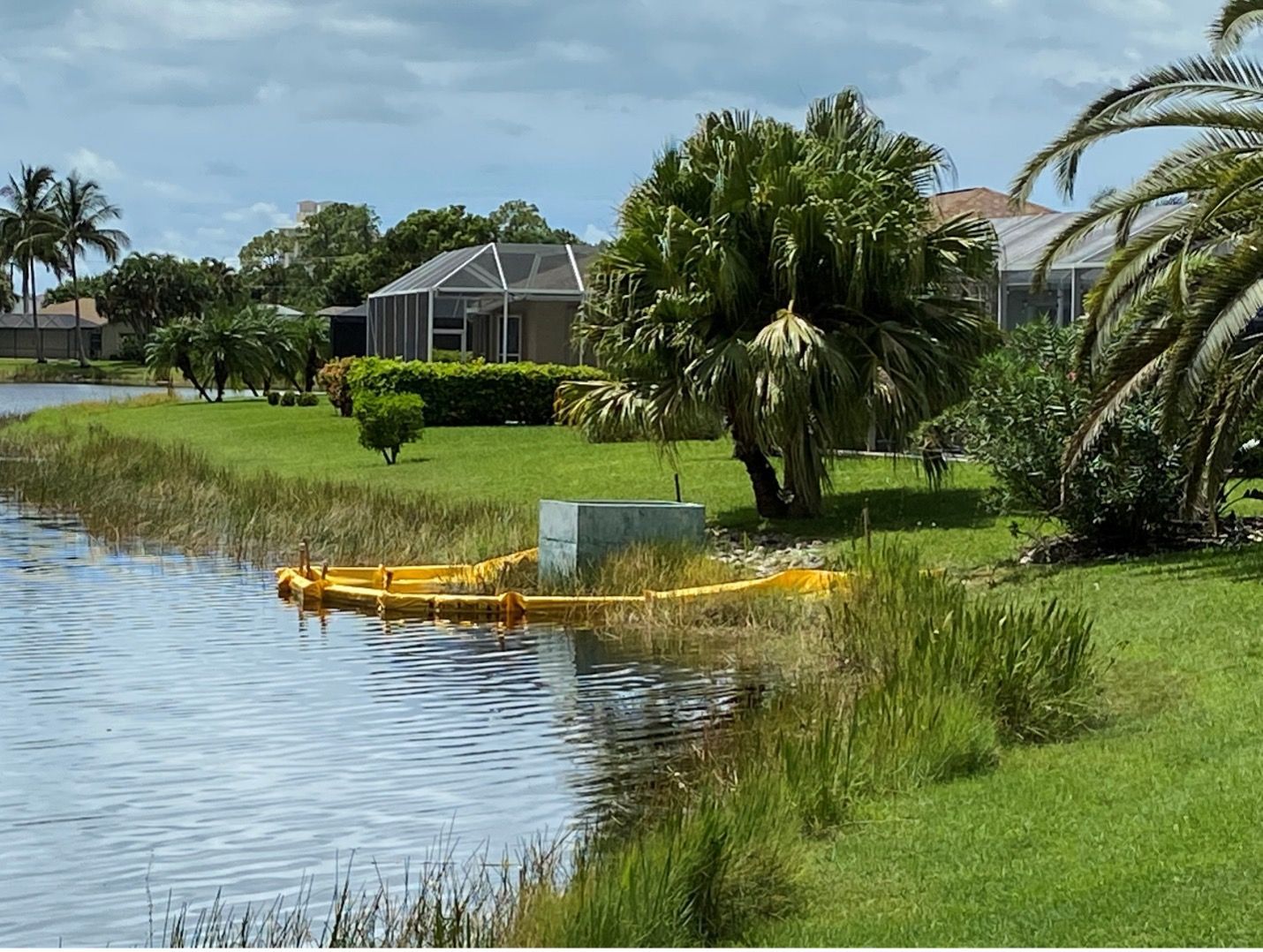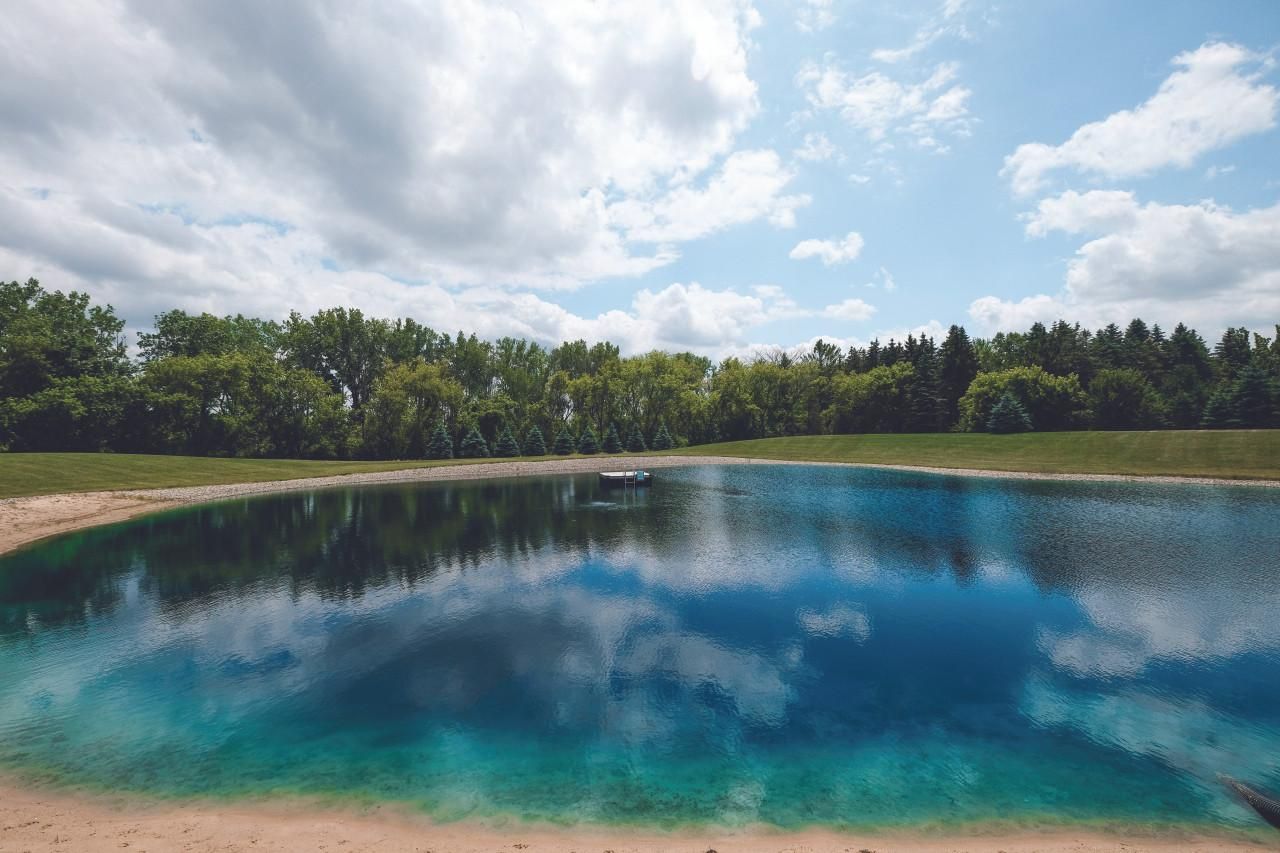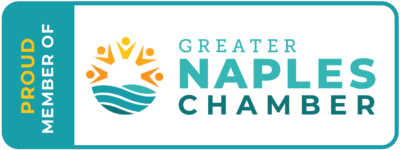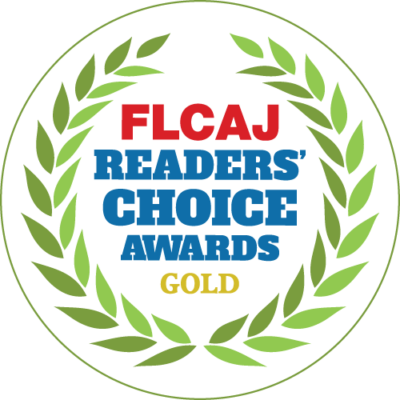Stormwater Structure Inspection and Repairs on Florida Lakes
Florida’s lakes serve as vital components of the state’s stormwater management system, helping to control flooding, improve water quality, and support ecosystems. However, maintaining these stormwater structures requires routine inspections and repairs to ensure they function properly. Without proper upkeep, aging or damaged infrastructure can lead to water quality issues, shoreline erosion, and increased flood risks.
Importance of Stormwater Structure Inspections
Stormwater structures around lakes, including culverts, weirs, outfalls, and retention basins, are crucial for directing water flow and preventing sediment accumulation. Regular inspections help detect early signs of structural degradation, allowing for timely maintenance and minimizing costly repairs.
Preventing clogging or damaged stormwater structures which can obstruct water flow, leading to overflow and flooding in surrounding communities. Routine inspections help identify and address potential blockages before they become serious issues. Stormwater structures play a role in filtering pollutants before they enter lakes. Broken pipes, sediment buildup, or malfunctioning weirs can contribute to nutrient pollution, leading to harmful algal blooms and deteriorating water quality. Over time, concrete structures, metal pipes, and other drainage components degrade due to weather exposure and sediment accumulation. Inspections allow for early identification of cracks, leaks, or corrosion, preventing failures that could lead to costly emergency repairs.

Above picture: A turbidity curtain (yellow) during any type of marine construction helps prevent silt and sediment from disturbed soil from entering outfall structures and going into our waterways.
Regulatory Compliance
South Florida Water Management District rules require municipalities and private landowners to maintain stormwater systems in compliance with Florida environmental regulations. Regular inspections ensure that stormwater infrastructure meets legal requirements and avoids potential fines.
Inspection Methods and Techniques
Stormwater structure inspections involve a combination of visual assessments, specialized equipment, and technological tools. Common methods include:
- Visual Inspections: Maintenance crews examine stormwater structures for signs of wear, erosion, or blockages.
- Underwater Assessments: Confined space divers or remotely operated vehicles (ROVs) inspect submerged components in lakes where visibility and access are limited.
- Sonar and Camera Surveys: Advanced imaging technology helps identify hidden structural weaknesses or debris obstructions within pipes and outfalls.
- Hydraulic Testing: Flow tests and dye tracing help determine how efficiently water moves through the stormwater system and identify any leaks or inefficiencies.
Stormwater Structure Repairs and Maintenance
When inspections reveal damage or inefficiencies, repairs must be carried out promptly to prevent further deterioration. Common stormwater structure repairs include:
1) Sediment and Debris Removal
Accumulated sediment and debris can reduce drainage capacity and impact water quality. Cleaning stormwater basins, pipes, and outfalls ensures efficient water flow.
2) Pipe and Culvert Rehabilitation
Over time, metal and concrete pipes corrode or develop cracks. Repairs may include relining, patching, or replacing deteriorated sections to restore functionality.
3) Weir and Outfall Repairs
Damaged weirs and outfalls can disrupt controlled water flow, leading to erosion or stagnation. Restoring these structures helps maintain proper lake levels and water movement.
4) Erosion Control Measures
Shoreline erosion around stormwater structures can undermine their stability. Solutions such as a rip rap collar with vegetative plantings or retaining walls help prevent erosion and protect infrastructure. (Below Picture)

5) Structural Reinforcement
In cases of severe wear or damage, reinforcing stormwater structures with concrete overlays or steel supports extends their lifespan and enhances durability.
Conclusion
Stormwater structure inspection and repair on Florida’s lakes are critical to maintaining effective flood control, preserving water quality, and complying with environmental regulations. Regular assessments, proactive maintenance, and timely repairs help prevent infrastructure failures and protect local communities from stormwater-related issues.
Recent Posts






